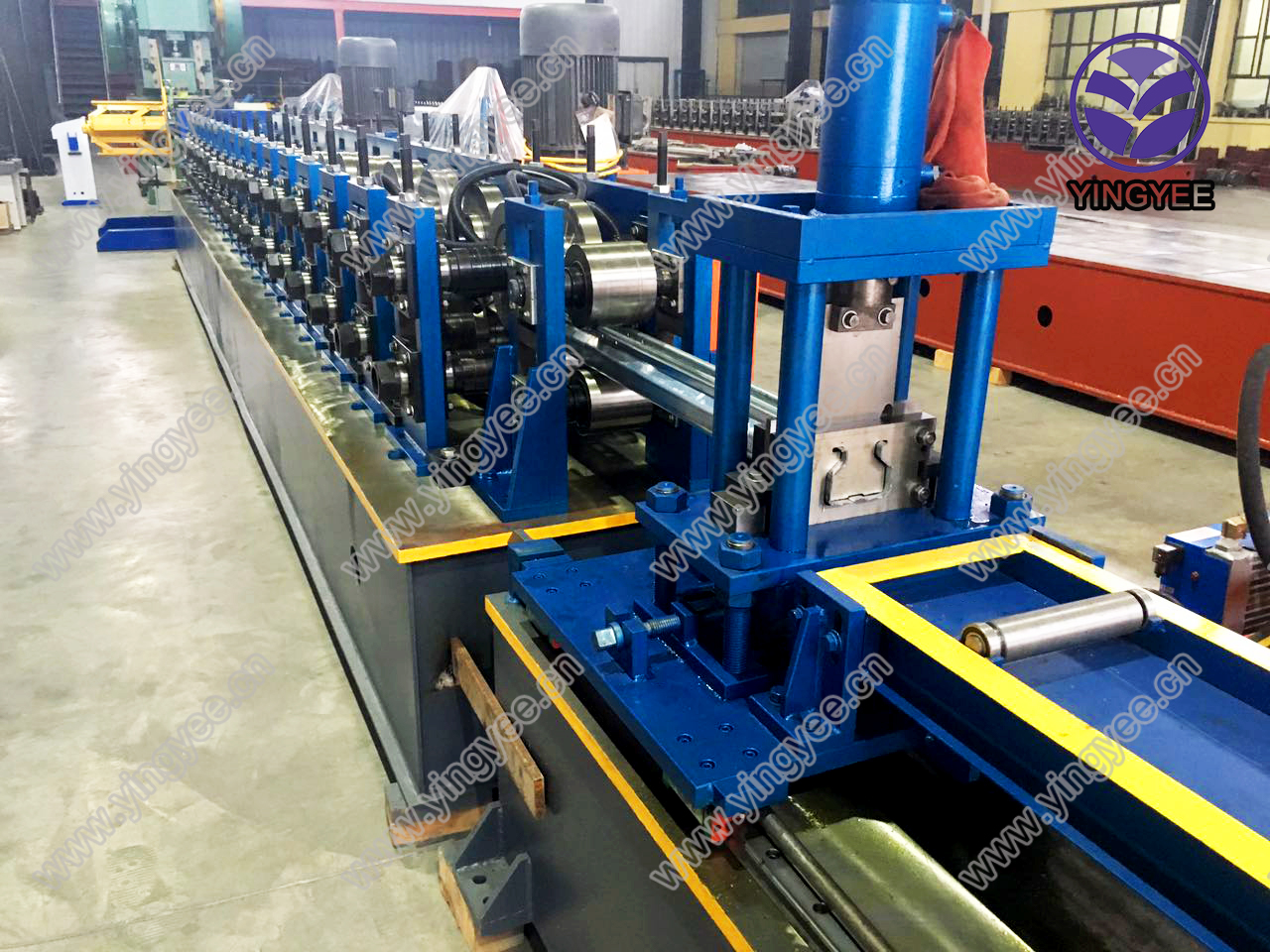
The Evolution and Benefits of FrameCAD Rollforming
In the ever-evolving construction industry, innovative technologies are essential for enhancing efficiency, accuracy, and sustainability. One such breakthrough is the FrameCAD rollforming system, a technology that has revolutionized the way steel framing is manufactured and implemented. This article explores the framework of FrameCAD rollforming, its advantages, and its increasing popularity in different sectors.
Understanding FrameCAD Rollforming
FrameCAD rollforming refers to a specialized method of producing steel framing components through a continuous process of bending and shaping steel coil into desired profiles. Unlike traditional methods, which often require extensive labor and complex tooling, rollforming allows for rapid production of standardized components while maintaining the flexibility to create custom designs. The process involves passing steel coil through a series of forming stations, each progressively shaping the material until it reaches its final configuration.
One of the standout features of FrameCAD is its use of cold-formed steel, which is produced at room temperature. This material is known for its exceptional strength-to-weight ratio, allowing for lighter yet sturdy structures. The use of computer numerical control (CNC) systems in FrameCAD rollforming facilitates high precision and repeatability, ensuring that each component meets tight tolerances.
Advantages of FrameCAD Rollforming
The advantages of FrameCAD rollforming are manifold. Firstly, it significantly reduces construction time and labor costs. The automated nature of the rollforming process minimizes the need for manual intervention, which not only speeds up production but also reduces the risk of human error. Components can be fabricated on-site as needed, further streamlining the construction timeline.
Secondly, FrameCAD is highly sustainable. The use of steel, a recyclable material, contributes to environmentally friendly construction practices. Furthermore, the precision of rollforming reduces material wastage, promoting a more sustainable approach. As sustainability becomes a key priority in construction, technologies like FrameCAD are likely to gain even more traction.

Another notable benefit of FrameCAD rollforming is its versatility. The system can produce a wide variety of framing components, from wall studs to roof trusses, catering to various construction needs. Additionally, it is compatible with different architectural styles and requirements, allowing architects and builders to explore creative designs without compromising structural integrity.
Applications in the Construction Industry
FrameCAD rollforming has found applications in various sectors of the construction industry, from residential homes to commercial buildings and industrial structures. Its efficiency makes it an ideal choice for projects requiring rapid turnaround times. For instance, in the realm of modular construction, FrameCAD's ability to produce components off-site for quick assembly on-site has made it a preferred technology among builders and developers.
Moreover, its robustness makes it particularly useful in regions prone to extreme weather conditions, where structural integrity is paramount. As urbanization continues to accelerate and the demand for affordable housing rises, FrameCAD rollforming presents a viable solution to meet the challenges posed by contemporary construction demands.
The Future of FrameCAD Rollforming
As technology advances and the need for efficient and sustainable construction solutions grows, FrameCAD rollforming is poised for continuous evolution. Innovations such as enhanced design software and improved materials are expected to further optimize the rollforming process. Additionally, with a growing emphasis on Building Information Modeling (BIM), the integration of FrameCAD systems into BIM workflows can enhance collaborative efforts in construction planning and execution.
In conclusion, FrameCAD rollforming is not merely a trend in the construction industry; it represents a significant leap towards more efficient, sustainable, and innovative building practices. Its advantages in terms of speed, cost-effectiveness, and versatility make it an indispensable tool for modern construction. As the industry continues to embrace new technologies, FrameCAD rollforming will undoubtedly play a crucial role in shaping the future of building.